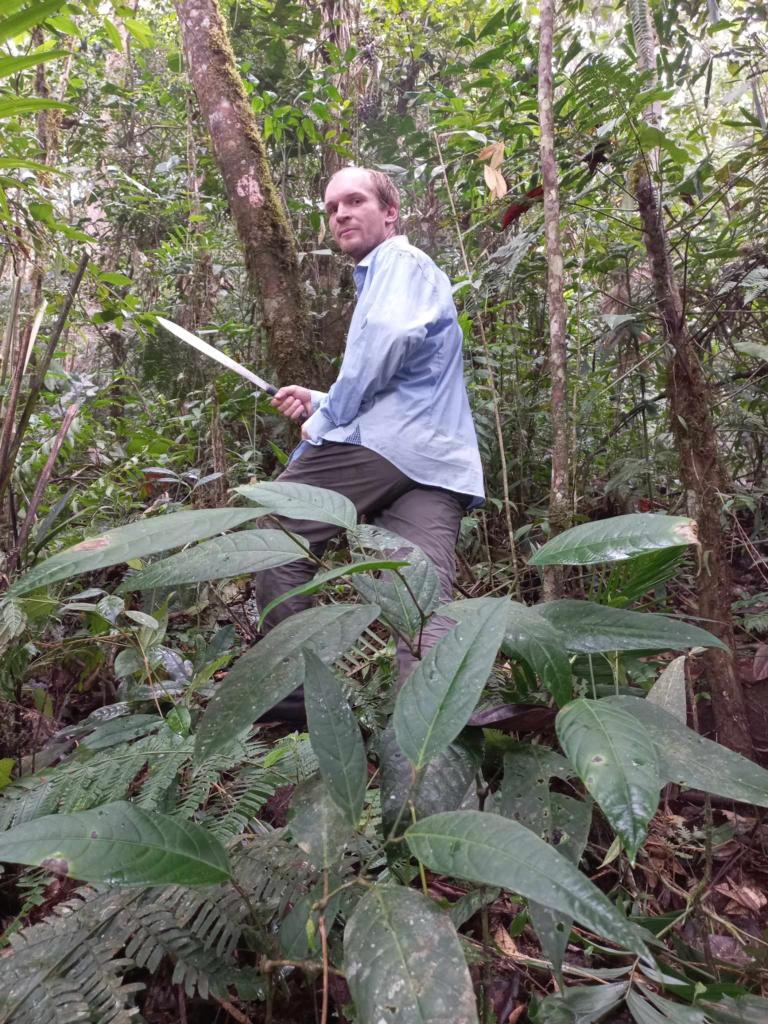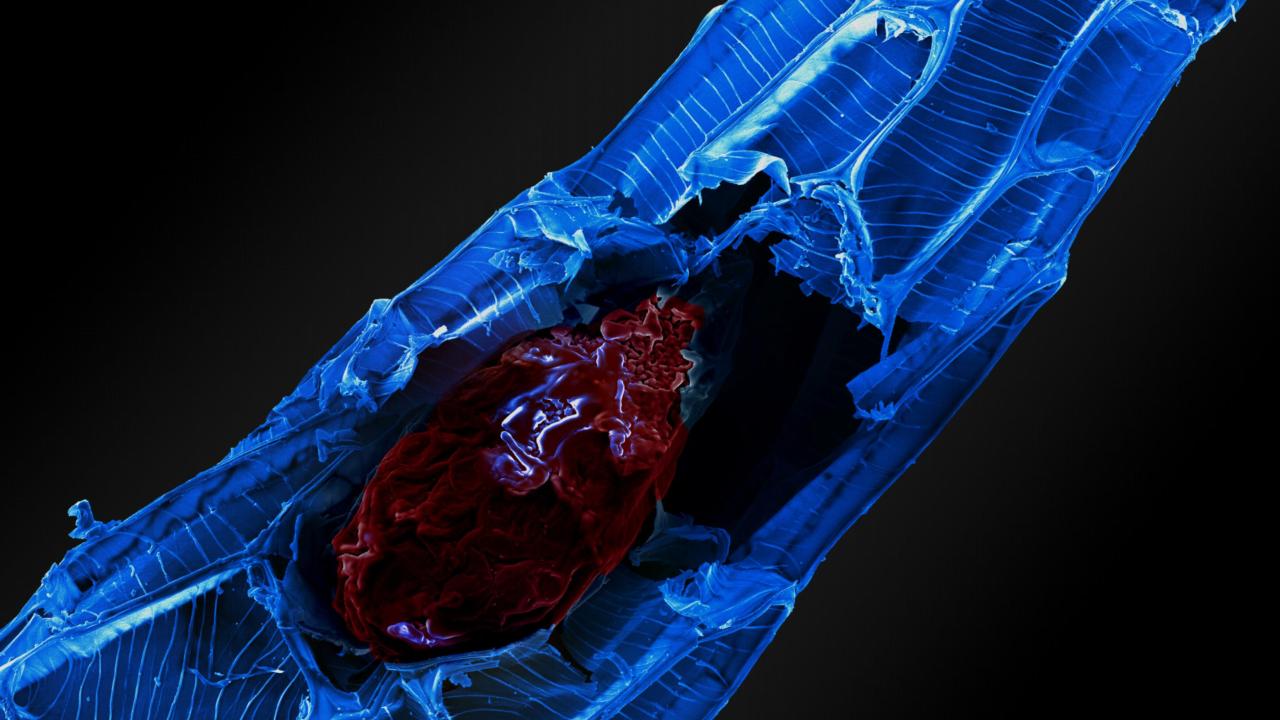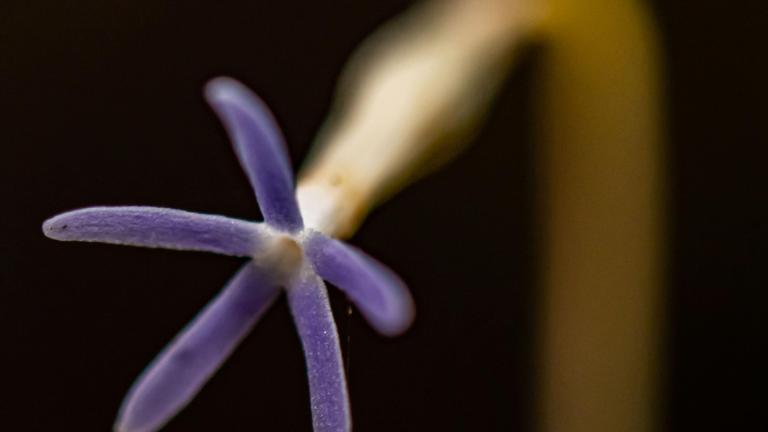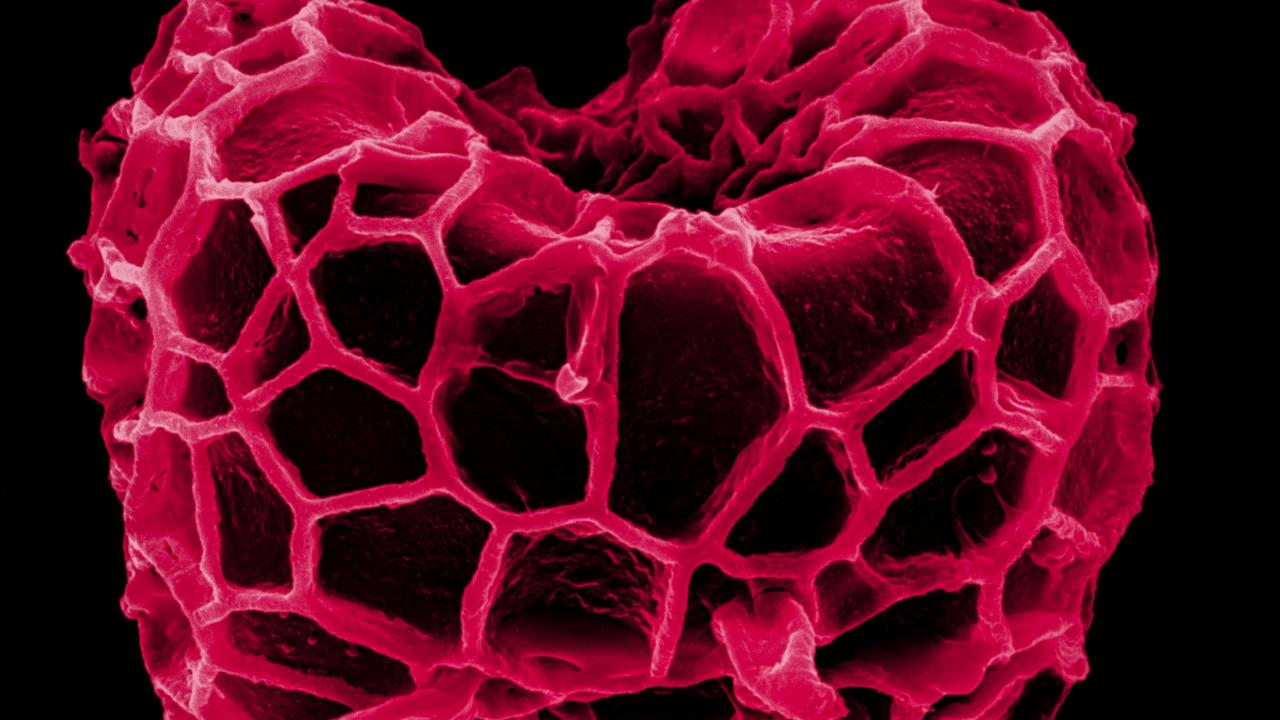
I am a postdoctoral researcher fascinated by thieves and theft. That is why I study plants that feed on carbon stolen from fungi - mycoheterotrophs and mixotrophs. My current project here at Naturalis aims to reveal convergently evolved traits of different mycoheterotrophs spread across the plant phylogeny. I want to know if evolution repeats itself - if evolution can reinvent the wheel. To do this, I use a range of molecular methods, in vitro cultivation systems and stable isotope abundance analyses.
Keywords
Mycorrhizal symbiosis, Mycoheterotrophy, Mixotrophy, Orchid mycorrhiza, Arbuscular mycorrhiza, In vitro, seed germination, Stable Isotopes
Researchinterest
Mycoheterotrophy is a strange form of nutrition where plants parasitise on fungal carbon. Mixotrophy is when part of the carbon comes from the plant's own photosynthesis and part from fungi.
As an undergraduate, I focused on orchid germination. I obtained my PhD in Prague in 2021. I have found that orchid seeds are highly sensitive to extremely low concentrations of nitrate. Nitrate can inhibit orchid populations directly, but also indirectly through their mycorrhizal fungi. My love for orchids has not vanished - they are still important model plants for me, but now equally with pyroloids and arbuscular-mycorrhiza-associated tropical mycoheterotrophs.


Currenttopics
In general ecophysiology and evolution of mycoheterotrophic and mixotrophic plants, plant-fungal interactions, but specifically the following topics
- Convergent evolution of mycoheterotrophic plants throughout the plant kingdom
- Carbon gain of mycoheterotrophic plants
- Toxicity of nitrate for mycoheterotrophic plants
- Survival of albino mixotrophic plants
- Why are invasive orchids successful
- Flora of the White Carpathians
- In vitro cultivation of not only mycohetero(mixo)trophic plants
Keypublications
- Figura, T., Tylová, E., Matsuda, Y., Janoušková, M. and Ponert, J. 2024 Nitrate inhibition of germination in Ericaceae relates to seed size and mycoheterotrophy. Functional Ecology doi: 10.1111/1365-2435.14710
- Figura, T., Tylová, E., Suetsugu, K., Kikushi, ABIS., Merckx, VSFT., Gredová, A., Kobayashi M., Ponert, J. and Selosse, M-A. 2024. Japonolirion osense, a close relative of the mycoheterotrophic genus Petrosavia, exhibits complete autotrophic capabilities. BMC Plant Biol 24, 1058. https://doi.org/10.1186/s12870-024-05721-1
- Yagame, T., Figura, T., Tanaka, E., Selosse, M. A., & Yukawa, T. (2024). Mycobiont identity and light conditions affect belowground morphology and physiology of a mixotrophic orchid Cremastra variabilis (Orchidaceae). Mycorrhiza, 1-13.
- Boivin, S., Bourceret, A., Maurice, K., Laurent-Webb, L., Figura T., Bourion, J., Nespoulous, J., Domergue O., Chantreuil C, Boucksim, H.,Selosse, M-A., Fiema Z., Botte E., Nehme L. and Ducousso, M. (2023). Revealing human
impact on natural ecosystems through soil bacterial DNA sampled from an archaeological site. Environmental Microbiology, 1–13. - Minasiewicz, J., Zwolicky, A., Figura, T., Novotná, A., Jersáková, J., Selosse, M-A. (2022). Stoichiometry of Carbon, Nitrogen and Phosphorus is Closely Linked to Trophic Modes in Orchids. BMC Plant Biology 23: 1–11
- Selosse, M-A., Petrolli, R., Mujica, MI., Laurent, L., Perez-Lamarque, B., Figura, T., Bourceret, A., Jacquemyn, H., Li, T., Gao, J., Minasiewicz, J, Martos, F. (2022). The Waiting Room Hypothesis revisited by orchids: Were orchid mycorrhizal fungi recruited among root endophytes? Annals of Botany 129 (3): 259–270
- Figura, T., Tylová, E., Jersáková, J., Vohník, M., Ponert, J. (2021). Fungal symbionts may modulate nitrate inhibitory effect on orchid seed germination. Mycorrhiza, 31 (2):231-241
- Figura, T., Weiser, M., Ponert, J. (2020). Orchid seed sensitivity to nitrate reflects habitat preferences and soil nitrate content, Plant Biology, 22 (1): 21-29
Teachingactivities
time to time I help with teaching of Mycorrhizal par of Plant physiology practical course at Charles University, Prague, I am also supervising students so any other potential students feel free to join!

In themedia
The story of the two trees (In Czech): https://vesmir.cz/cz/casopis/archiv-casopisu/2023/cislo-5/pribeh-dvou-stromu.html
and lazy plants (In Czech)
https://vesmir.cz/cz/casopis/archiv-casopisu/2024/cislo-11/line-rostliny.html